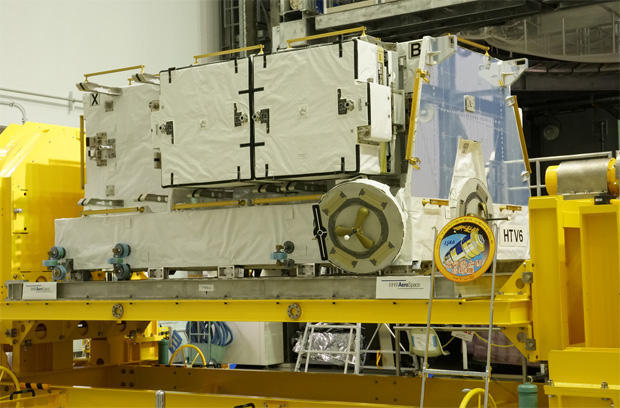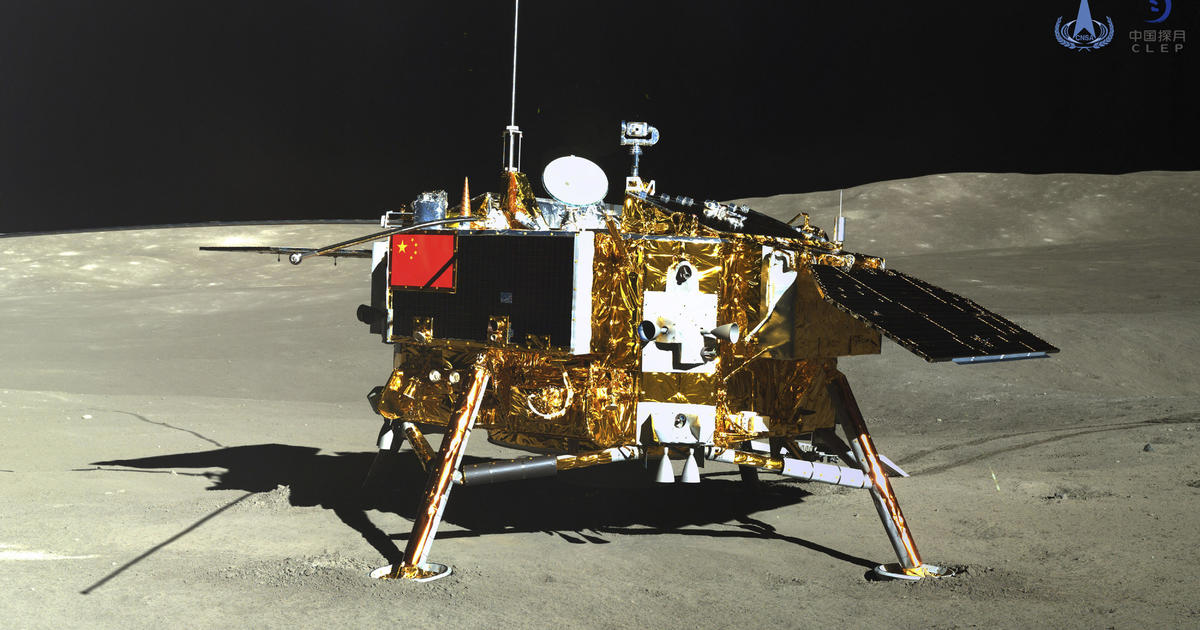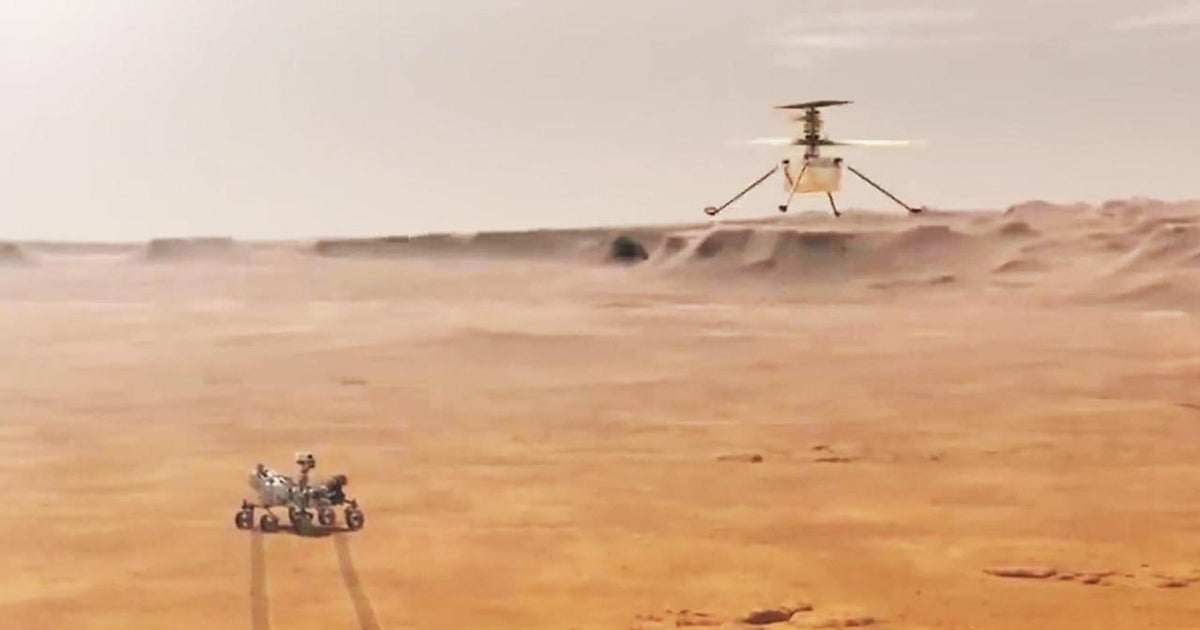Japan readies supply ship for launch to space station
A Japanese cargo ship loaded with nearly four tons of supplies and equipment bound for the International Space Station -- including a set of replacement batteries for the lab’s solar arrays -- is on track for blastoff Friday from the picturesque Tanegashima Space Center in southern Japan.
The HTV-6, or Kounotori, cargo ship, mounted atop a Mitsubishi Heavy Industries H-IIB rocket, is scheduled for liftoff at 8:26:47 a.m. EST (GMT-5; 10:26 p.m. local time), allowing the booster to climb directly away from the rocky coast of Tanegashima Island and into the plane of the space station’s orbit.
If all goes well, the unpiloted spacecraft, the sixth provided by the Japan Aerospace Exploration Agency, or JAXA, will reach the lab complex around 6 a.m. Tuesday.
Expedition 50 commander Shane Kimbrough and French astronaut Thomas Pesquet will monitor the spacecraft’s approach and use the station’s robot arm to lock onto a grapple fixture. The cargo ship then will be pulled in for berthing at the Earth-facing port of the forward Harmony module.
Launch had been planned for Oct. 1, but the flight was delayed to fix a helium leak in the HTV’s propulsion system.
The repaired cargo ship will be an especially welcome addition to the station now, coming less than two weeks after a Russian Progress freighter carrying 2.5 tons of equipment and supplies was destroyed during launch Dec. 1 following a malfunction of some sort in the Soyuz booster’s third stage.
Another space station cargo craft -- SpaceX’s Dragon -- already was grounded pending resolution of a second-stage problem that triggered the spectacular explosion of a SpaceX Falcon 9 rocket Sept. 1 during a pre-launch test at the Cape Canaveral Air Force Station.
SpaceX hopes to resume flights in January with a commercial launch from Vandenberg Air Force Base, Calif. But it’s not clear when the company will be able to send up another Dragon cargo ship from Cape Canaveral. Likewise, it’s not known how long it might take the Russians to find and correct the problem that led to the Progress failure earlier this month.
NASA managers say the station currently is well stocked with critical supplies and that the Progress failure will have minimal impact on lab operations. But the HTV is a nonetheless critical mission for NASA and its partners.
Along with the six lithium-ion batteries needed by the station’s solar power system, the HTV-6 spacecraft will deliver 5,657 pounds of equipment and supplies, including 2,786 pounds of food, water, clothing and other crew supplies, 344 pounds of computer equipment, 1,461 pounds of station hardware and more than 925 pounds of science gear.
The new batteries, built by GS Yuasa Technology Ltd., weigh 550 pounds each and are half the size of the 12 older nickel-hydrogen batteries they will be replacing. They will be carried to the station attached to a pallet in the HTV’s unpressurized cargo bay.
The space station gets most of its power from four huge sets of rotating solar arrays, two on each end of a truss that stretches the length of a football field. Each set of arrays currently uses 12 nickel hydrogen batteries to provide electricity when the station is in Earth’s shadow and out of direct sunlight.
The cargo pallet carrying the new batteries will be pulled out of the supply ship’s unpressurized compartment by the station’s robot and moved to the right side of the power truss where the batteries will be robotically installed at the base of the inboard starboard 4, or S4, set of arrays. The S4 arrays power two of the station’s eight main electrical buses, channels 1A and 3A.
In what amounts to a shell game of sorts, the older batteries will be attached to the cargo pallet as the replacements are installed. But only nine of the 12 older batteries will fit on the pallet, which eventually will be moved back into the HTV. Those nine will burn up in the atmosphere during the cargo ship’s re-entry around Jan. 20.
The remaining three battery packs will be attached to “adapter plates” beside the new batteries where they will remain in long-term storage. Two spacewalks will be required in January to install the adapter plates and move the older batteries around as required.
Three more HTV flights will be needed to ferry up the remaining three sets of batteries needed by the station’s other arrays.





